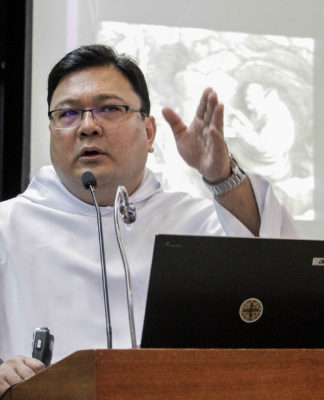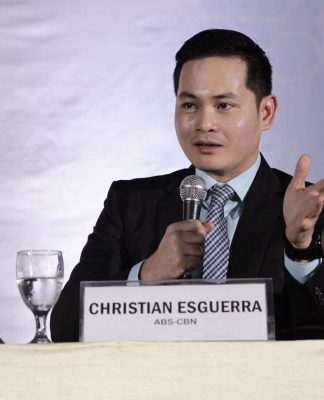There is an “artificial” hope to extend life.
Artificial heart transplantations have made it possible for patients with deteriorating hearts to buy time while waiting for a donor.
According to Dr. Jose Yamamoto, a surgeon at the UST Hospital, an artificial heart serves as a pump circulating blood to the parts of the body, just like what a normal heart does.
“The artificial heart is like a pump, which has its own power source, that drives the device toward the pumping action so it can temporarily take over the failing heart,” Yamamoto said.
The first artificial heart, called Jarvik-7, was implanted on Barney Clark on Dec. 2, 1982 and lived for 112 days with the device on. William Schroeder, the second person to receive the artificial heart, survived for 620 days after the procedure.
Made of an extremely flexible and durable material called polyurethane, the device is used as temporary replacement for the ventricles, or the heart’s pumping chambers, that were removed from a diseased heart.
One of the approved artificial hearts used today is the SynCardia Total Artificial Heart, which was created after 10 years of clinical study.
Though it is approved by the Food and Drug Administration of the United States and is able to pump 9.5 liters of blood in a minute, a serious drawback of the product is that it weighs 418 pounds and may cause difficulty in movement for the patient wearing it.
A 2010 version of the artificial heart was released, weighing only 13.5 pounds, to allow the person to move around.
According to the University of California, Los Angeles Health System, patients availing the SynCardia artificial heart are usually the “sickest of the sick,” or whose heart chambers can no longer expel enough blood to the body to keep it functioning properly.
Just a ‘bridge’
However, Yamamoto clarified that artificial heart transplantation is still not the ultimate substitute for it is only a “bridge” temporarily sustaining life while waiting for a donor.
“The artificial heart is not the end by itself because right now, there is still no suitable replacement for a transplanted heart,” he said. “It only provides a bridge for heart transplantation and a temporizing action of sustaining the pumping responsibility of the heart until a suitable heart becomes available for transplant.”
The transplantation of this device has been shown to be effective, with 1,374 days as the longest life-span of a patient with a SynCardia.
While Yamamoto believes that artificial hearts being able to support life for a lifetime is possible, he thinks that the current state of technology is not yet enough to accomplish such.
“In terms of possibility, it is possible to sustain life, but the technology today has not yet been perfected,” he said.
In addition, the 10-year study of SynCardia also showed some negative effects.
“Infections were the largest contributing category to overall adverse events. The majority of infections did not affect patient outcome. Most were respiratory infections followed by genitourinary infections which occurred the first few weeks following implant,” the study stated.
Yamamoto said that aside from infections and bleeding, the expensive procedure and probable mechanical malfunctions are also major disadvantages.















